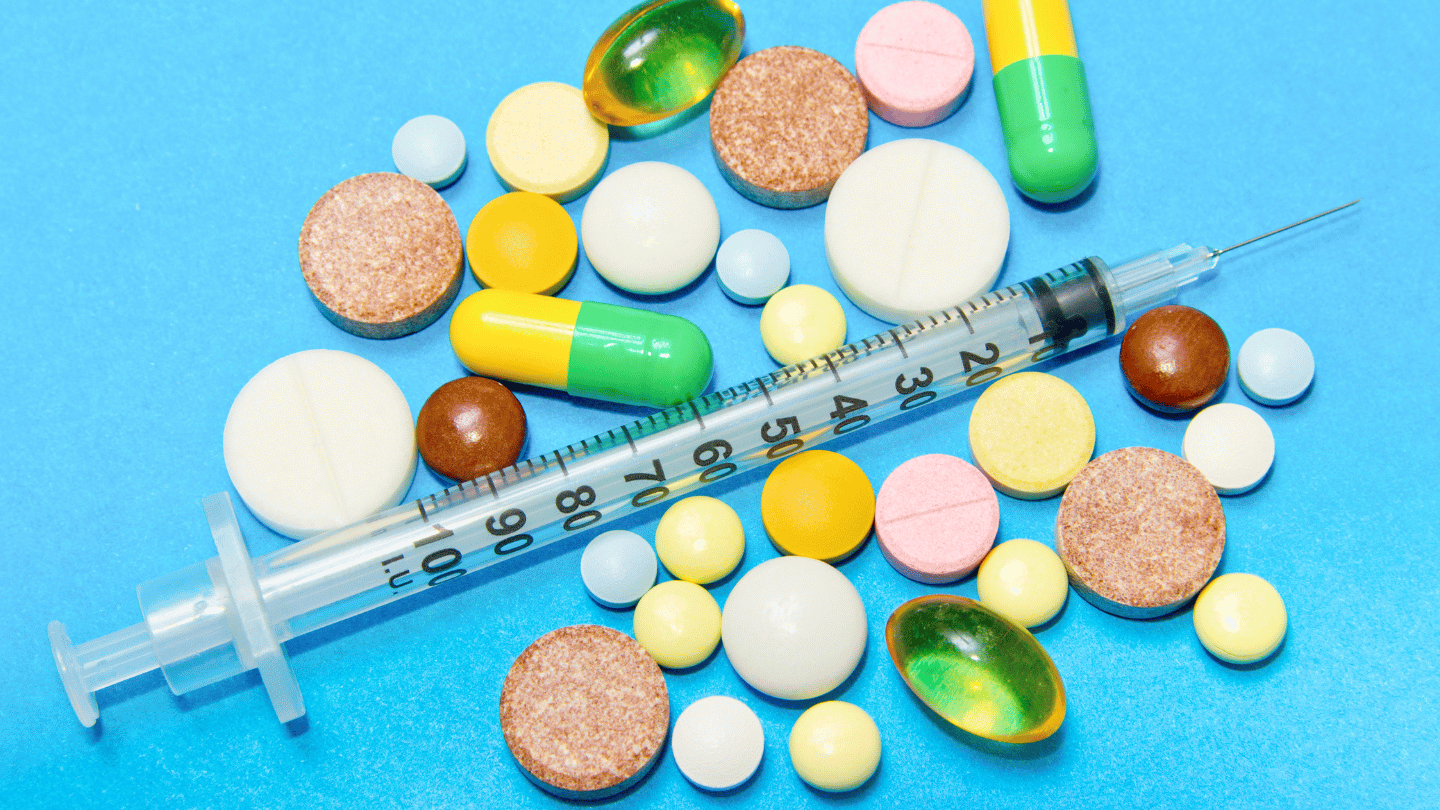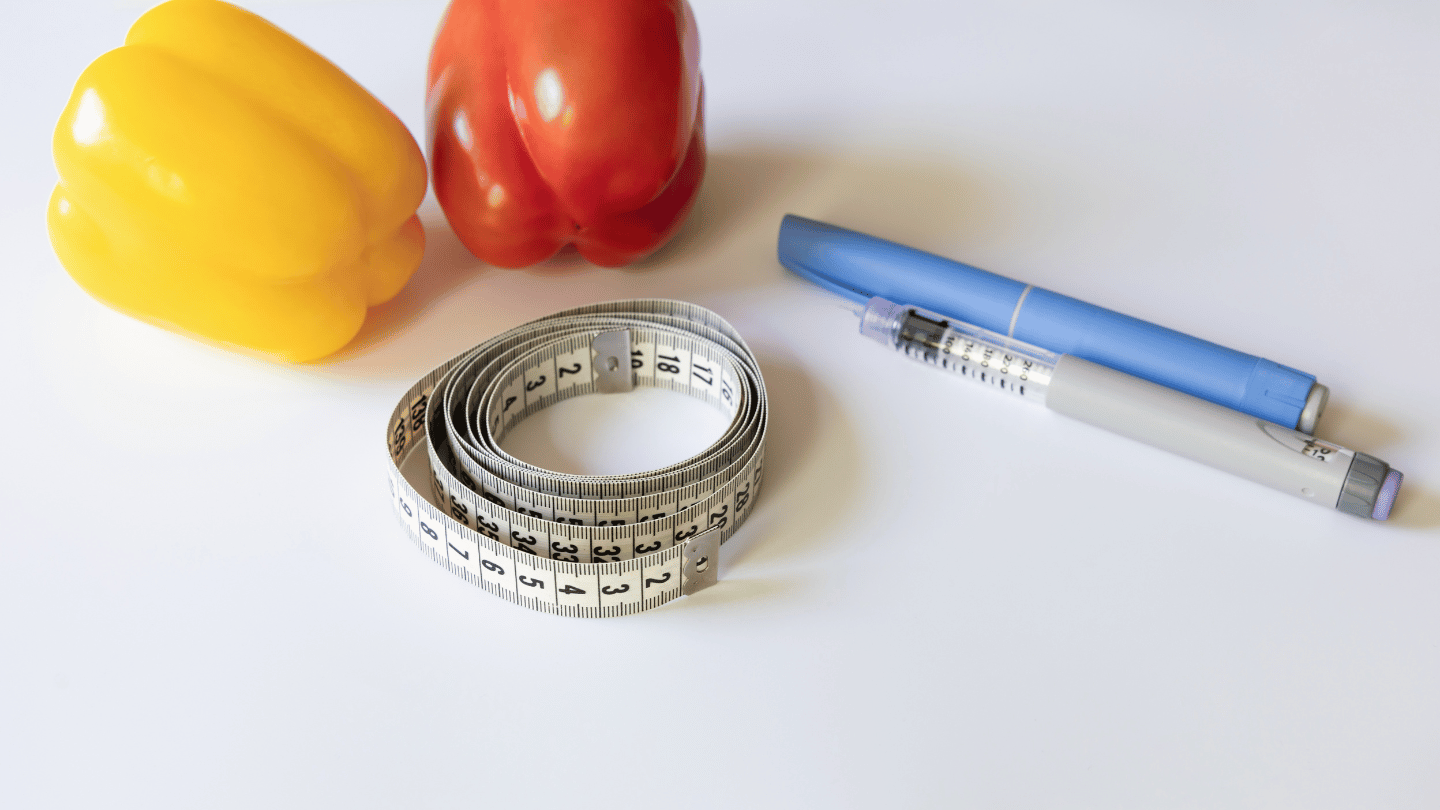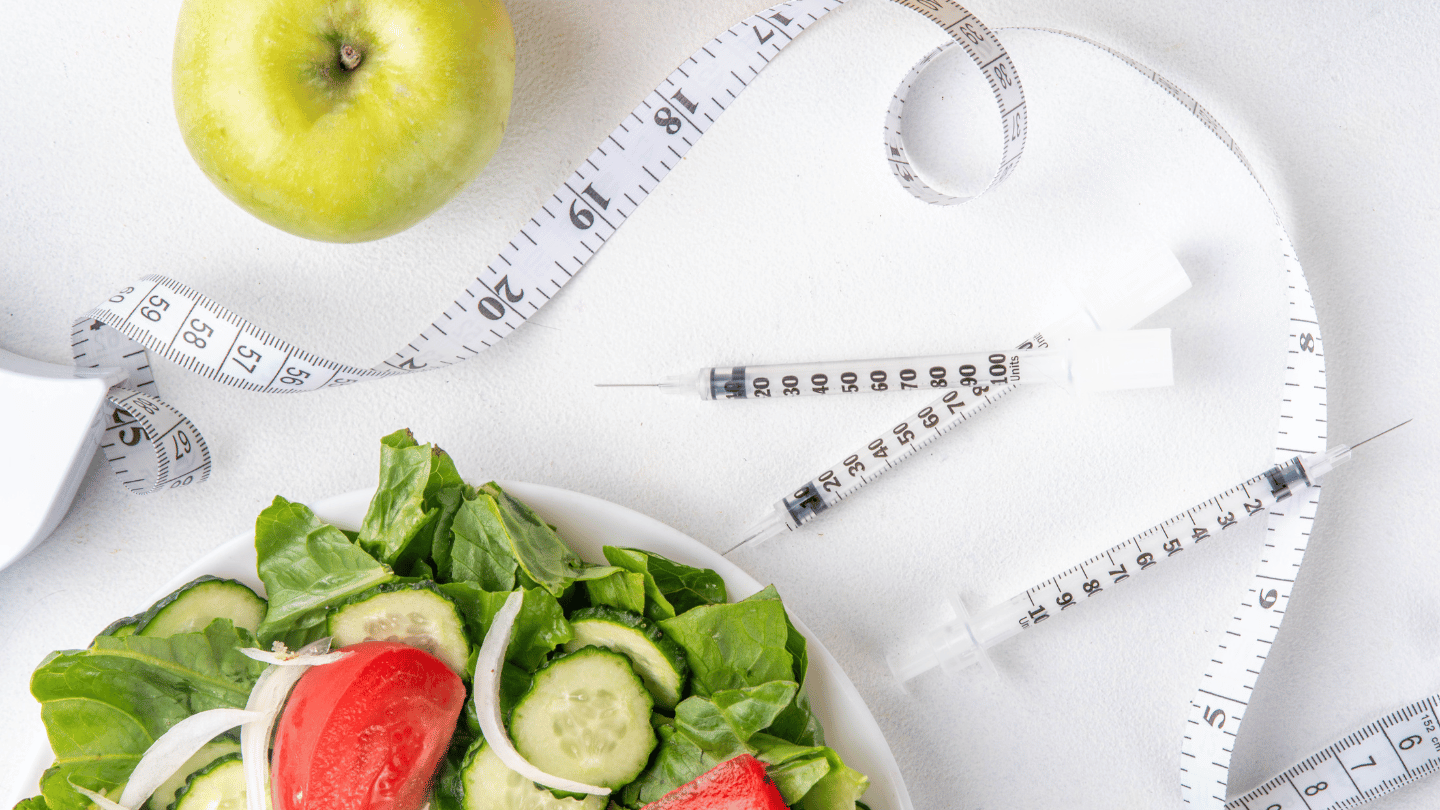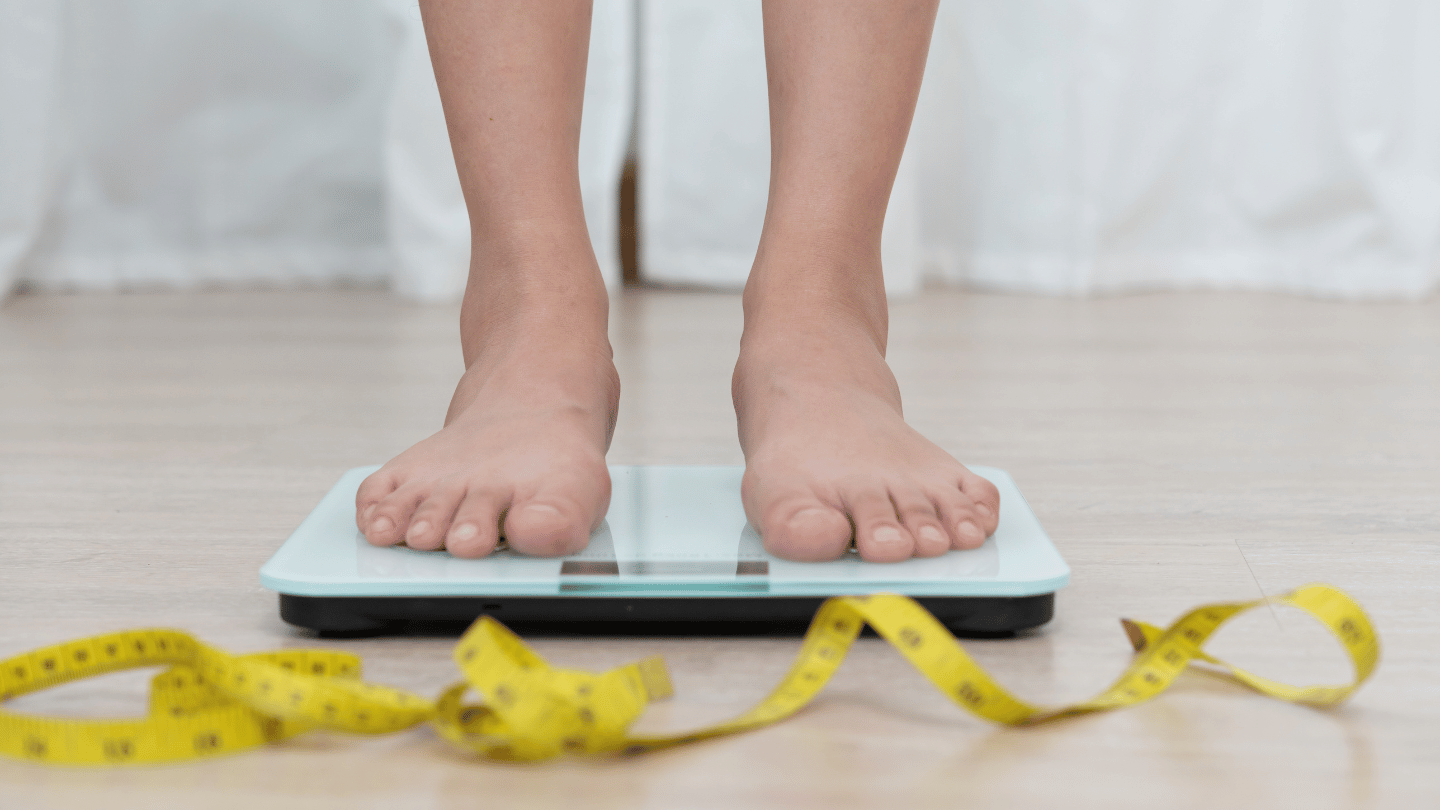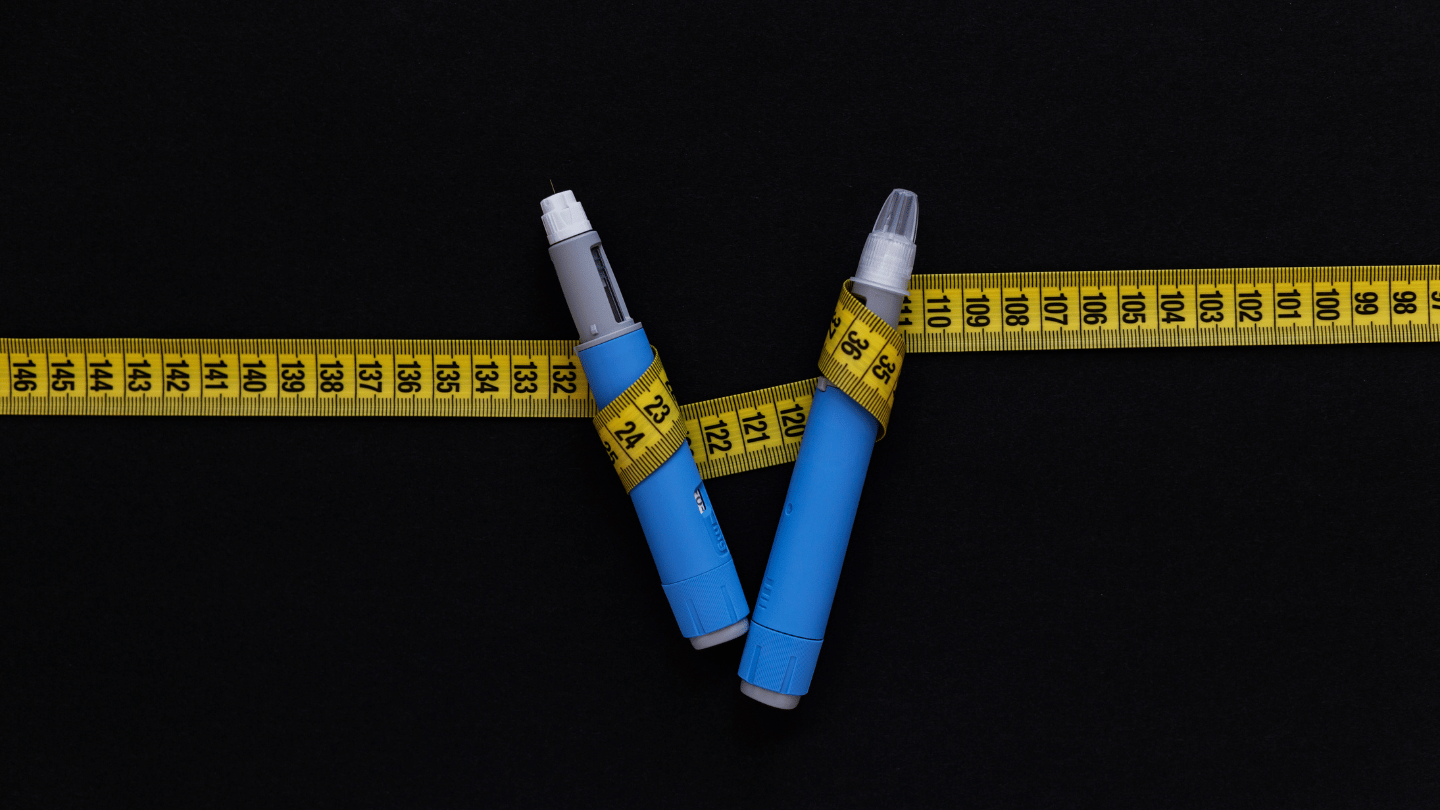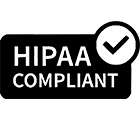Suboxone is a life-changing medication for many people dealing with opioid addiction. It’s designed to help manage withdrawal symptoms and reduce cravings, making it easier to work toward recovery. But like any medication, it’s important to understand the risks involved, including whether it’s possible to overdose on Suboxone.
In this article, we’ll empower you with the knowledge of Suboxone’s safety, the potential risks, and how to use it responsibly. This understanding will ensure the best outcomes on your journey to recovery, putting you in control of your health.
What is Suboxone and How Does It Work?
Suboxone is a combination of two active ingredients: buprenorphine and naloxone.
Buprenorphine is a partial opioid agonist, which means it binds to the same receptors in the brain as other opioids but produces a much weaker effect.
This helps to relieve withdrawal symptoms and cravings without creating the same intense high. Naloxone is an opioid antagonist that blocks the effects of opioids and is included in Suboxone to discourage misuse, as it can precipitate withdrawal if the medication is taken incorrectly.
Can You Overdose on Suboxone?
The short answer is yes, it is possible to overdose on Suboxone, but it’s much less common than with other opioids. The risk of overdose typically arises in specific situations, such as when the medication is taken improperly or combined with other substances.
How Overdoses of Suboxone Can Occur
While buprenorphine in Suboxone is a partial opioid agonist, which means it has a ceiling effect (a point beyond which higher doses don’t produce stronger effects), it is still possible to overdose, particularly if the medication is misused.
Scenarios where an overdose might occur include:
- Combining Suboxone with other CNS depressants: Central nervous system (CNS) depressants like alcohol, benzodiazepines, or other opioids can dangerously slow down breathing, leading to an overdose.
- Using Suboxone without a prescription: Taking Suboxone in higher doses than prescribed or using it without a doctor’s supervision increases the risk of overdose.
- Injecting Suboxone: Although naloxone is included in Suboxone to prevent misuse, attempting to inject the medication can still pose serious risks.
Symptoms of a Suboxone Overdose
Recognizing the signs of an overdose is crucial. Symptoms of a Suboxone overdose may include:
- Extreme drowsiness or inability to stay awake
- Shallow or slow breathing
- Loss of consciousness or unresponsiveness
- Small, pinpoint pupils
- Confusion or disorientation
If you or someone else exhibits these symptoms after taking Suboxone, it’s essential to seek medical help immediately. Overdose is a medical emergency and requires prompt attention.
What is the Ceiling Effect? Why Suboxone is Safer
One of the key reasons Suboxone is considered safer than other opioids is due to a unique feature called the “ceiling effect.” But what exactly does that mean, and how does it protect you?
What is the Ceiling Effect?
The ceiling effect refers to the point at which increasing the dose of a drug no longer produces an increased effect.
For many opioids, taking more of the drug will continue to amplify its effects, which can lead to dangerous levels of respiratory depression—the primary cause of fatal overdoses. However, with Suboxone, which contains buprenorphine, the situation is different.
How the Ceiling Effect Works in Suboxone
Buprenorphine is a partial opioid agonist, which means it activates the same receptors in the brain as other opioids, but to a much lesser degree.
As you increase the dose of buprenorphine, its effects—such as pain relief or euphoria—reach a plateau and do not increase further, even if you take more. This plateau is known as the ceiling effect.
Why the Ceiling Effect Matters
The ceiling effect is significant because it greatly reduces the risk of respiratory depression, which is what typically leads to overdose deaths with other opioids. Once you’ve reached the maximum effect of buprenorphine, taking more won’t enhance the drug’s effects, making it much harder (though not impossible) to overdose.
This built-in safety feature is one of the reasons Suboxone is widely used in opioid addiction treatment. It allows individuals to manage their withdrawal symptoms and cravings effectively without the same level of risk associated with full opioid agonists like heroin or fentanyl.
Limitations of the Ceiling Effect
While the ceiling effect makes Suboxone safer, it’s important to remember that it doesn’t eliminate all risks. Overdose is still possible, especially if Suboxone is mixed with other central nervous system depressants, such as alcohol or benzodiazepines. Additionally, individuals with low opioid tolerance could still experience serious side effects if they take too much Suboxone.
By understanding the ceiling effect and how it works, you can better appreciate why Suboxone is considered a safer option in the treatment of opioid addiction and why it’s so important to use the medication as prescribed.
4 Tips on How to Use Suboxone Safely
Using Suboxone as prescribed and under the guidance of a healthcare provider is vital to minimizing the risk of overdose. Here are some safety tips to keep in mind:
1. Follow Your Prescription
Always take Suboxone exactly as prescribed by your healthcare provider. Your commitment to following the prescription and not adjusting your dose without consulting your doctor is a crucial part of your recovery journey.
2. Avoid Mixing with Other Substances
Avoid using alcohol, benzodiazepines, or other drugs that can depress the central nervous system while taking Suboxone. Combining these substances can increase the risk of respiratory depression and overdose.
3. Store Medication Safely
Keep your Suboxone in a secure place, out of reach of others, especially children and pets. Accidental ingestion can be dangerous, particularly for individuals who are not opioid-dependent.
4. Regularly Check-In with Your Provider
Maintain regular appointments with your healthcare provider at QuickMD to monitor your progress and discuss any concerns. They can adjust your treatment plan as needed to ensure your safety and effectiveness.
Conclusion: Suboxone is Safe When Used Correctly
Suboxone is a highly effective and generally safe medication for treating opioid addiction, with a lower risk of overdose compared to other opioids. However, it’s still important to use it responsibly and under the guidance of a healthcare provider.
At QuickMD, we make it easy to access Suboxone and start your journey toward recovery. Our certified providers are available for online consultations, helping you get the care you need from the comfort of your home.
Ready to take the next step? Schedule a consultation with QuickMD today and begin your path to recovery with confidence. Your health and safety are our top priorities.


